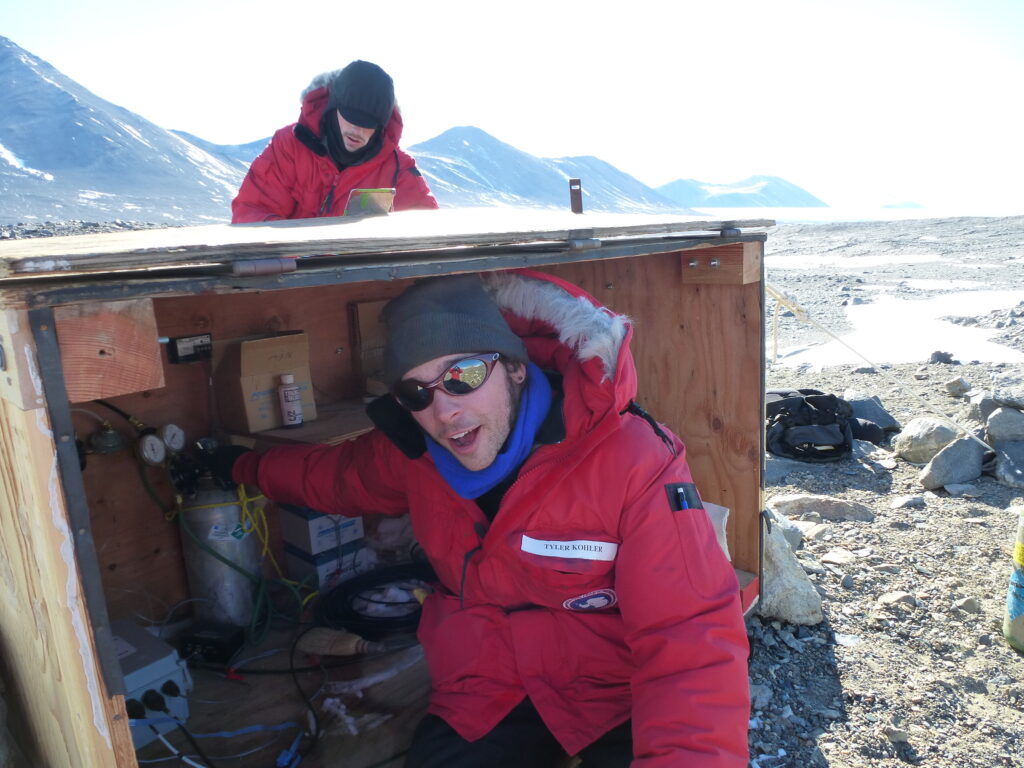Diatom taxonomy and evolution
Diatoms are one of the most successful and diverse groups of algae on Earth. Yet, despite their ubiquity, functional importance, and practical applications, we have only superficially explored global diatom diversity. Thus, one of the main missions of the DiCE lab is to describe and document this diversity using modern morphological and molecular approaches.


Community assembly and biogeography
In addition to studying diatom diversity, we are similarly interested in how individual diatom species assemble into communities, and how these communities differ across space. Thus, the second main objective of the DiCE lab is to understand mechanisms of community assembly. Here, we investigate why some species are found in some places, while others are absent, which factors promote more or less diversity, and quantify the respective roles of dispersal and selection in community formation.
Ecosystem function and biogeochemical cycling
In aquatic systems, diatoms are embedded within biofilms, and are found amongst a wide range of other organisms attached to submerged substrates. Biofilms are bio-reactive surfaces, taking up and transforming nutrients and organic matter, and determining the quality and character of water downstream. Diatoms specifically take up nutrients and silica, making them important for local to global biogeochemical cycles. Furthermore, as photoautotrophs, they fix carbon, thereby serving as the base of ecosystem foodwebs. With this in mind, we further investigate the functional importance of diatoms, and the biofilms they inhabit, to the ecosystem they reside in.
